This article by Lex Treinen was originally published by Alaska Public Media. It was republished with permission through a partnership with KNOM.
When Jessie Holmes arrives at the checkpoint in Grayling on. Friday afternoon, he was all business. He grabbed his drop bags, pulled out some frozen meat for his dogs, and a few other supplies for himself and packed them in his sled.
And, he had a request for the official race checker.
“Do you mind if I take a picture of that real quick?” he said, pointing to the clipboard.
He pulled out his phone and snapped a photo of the race standings — which teams were in Grayling, when they got here and who had already left.
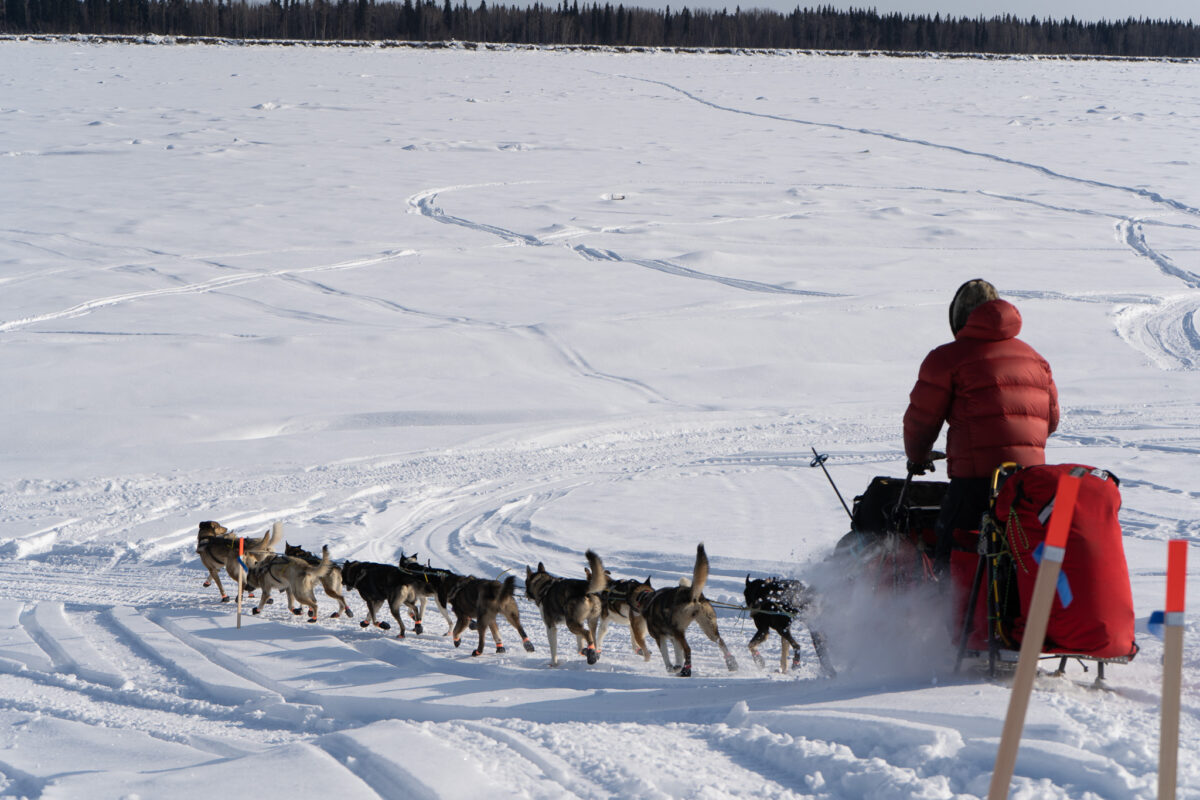
There was just one team on the trail ahead: reigning champion Brent Sass.
And Holmes was ready to try to catch him. Holmes finished third last year when Sass won. He says the key to winning is simple.
“Manage your dog team. I had a few issues that I didn’t catch onto at first, so just really having to take care of that more than my desire to race,” he said.
Several top teams in the Iditarod faced the delicate balance of putting themselves in a good position to climb up the rankings without pushing their dogs too hard and slowing down in the last few hundred miles.
As he prepared to leave after a 8-hour stay in Grayling, Matt Failor said he’s running alongside a group of mushers who are in the same position.
“We understand we’re not at the front, but we’re kinda trying to stay close,” he said.
Mushers on the Yukon had a boost from the cooler temperatures, which topped out around 20 degrees instead of the mid-30 degrees that mushers faced earlier in the race. In the cold, teams at the top of the field have sped up from 6 or 7 miles per hour during the warm early days to, now, 8, 9 or even 10 miles per hour down the Yukon.
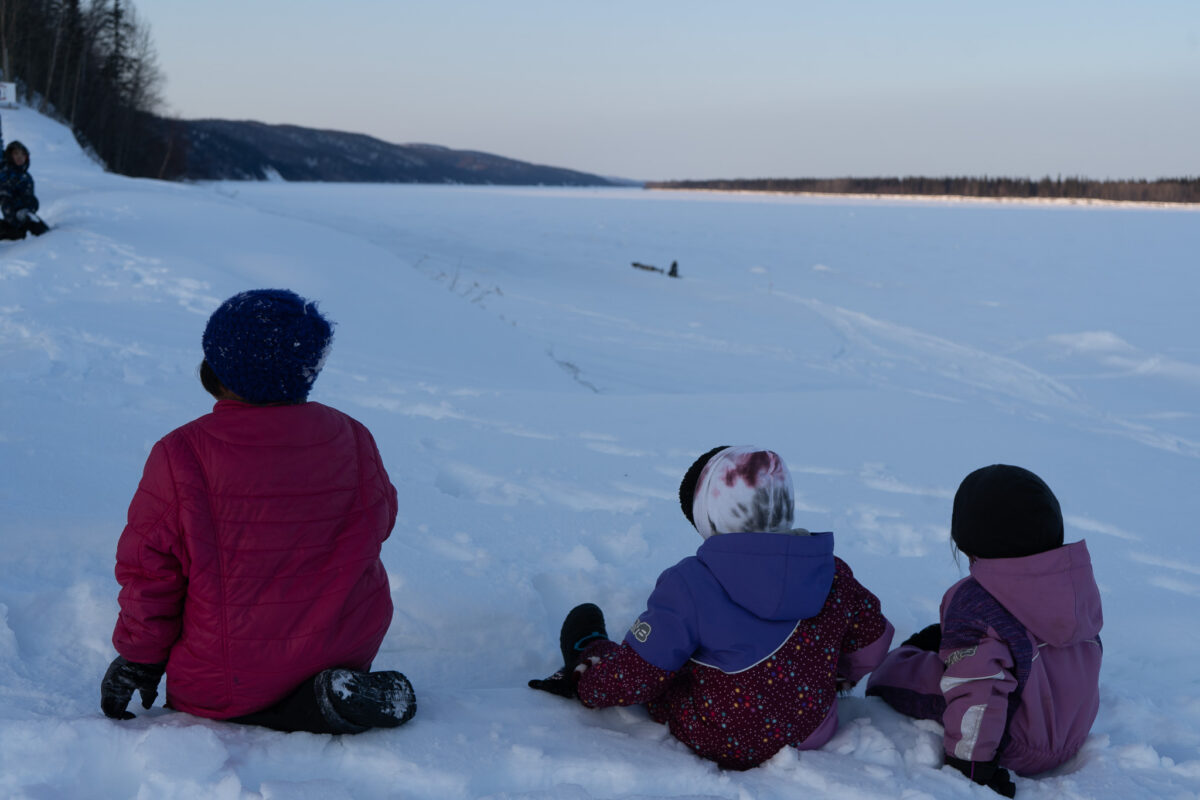
The river trail isn’t only fast — it’s also more straightforward. Mushers don’t have to steer their sleds around corners or slow the team down hills. Kelly Maixner said that’s let his sore back get some rest.
“Oh it was nice because I could sit down. I haven’t been able to do much sitting down, it’s been kinda a rough trail,” he said.
The vibe in the dog yard in Grayling was collegial. There’s some lighthearted trash talking between Maixner and Failor, who arrived shortly before Maixner.
“That’s what I was thinking about when he passed me ‘Matt Failor’s an idiot,’” said Maixner with a laugh.
Failor wasn’t tempted though.
“Kelly Maixner is a gentleman and a scholar,” he said. “He’s one of the nicest guys on the trail and he even gave me Fig Newtons in passing.”
The friendly atmosphere continues as local school children gather around the dogyard to ask questions to the mushers. The checkpoints on the Southern Route of the Iditarod — Grayling included — haven’t seen the race come through since 2019, and the town is excited
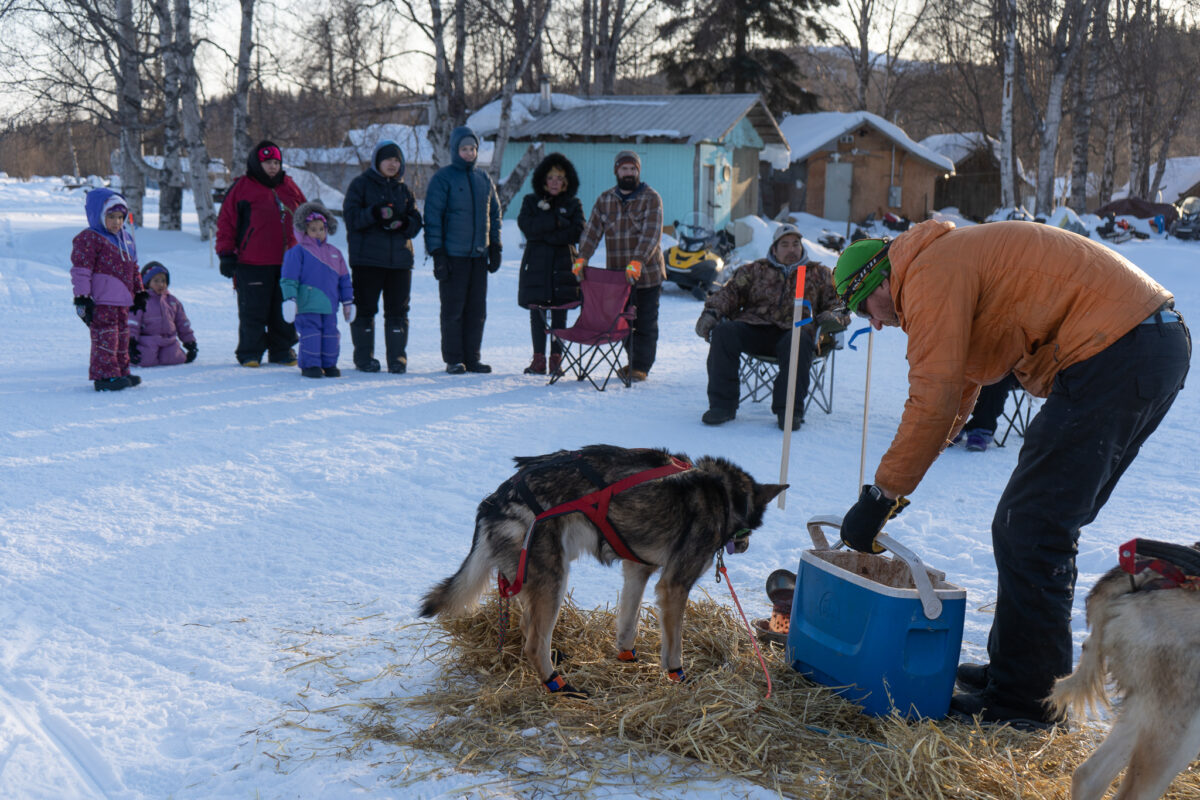
Still, this far into the race, Failor and other mushers were thinking about how to keep their positions and make a move on those in front. Failor said the basic strategy is simple: run longer or rest shorter.
Going faster isn’t preferable since going too fast can cause muscle injuries on dogs, mushers say.
“The trails been so fast I’ve been on the brake most of the time,” Failor said.
2019 Champion Pete Kaiser was hopeful he can gain back some time on the frontrunners. More than 500 miles into the race, the dogs are burning calories faster and more efficiently than before, and mushers say this is where the thousands of miles of training comes in. But he said it was still too early to make a push by cutting rest or making an extra long run.
“We’ll see where we’re at in Kaltag and how far people are ahead of us and try to make the best game time decision, if we have that opportunity,” he said.
Ryan Redington was planning a similar strategy. He left Grayling shortly before Kaiser. But Redington said it’ll be tough to catch Holmes and Sass. He saw only one real possibility of getting ahead of them.
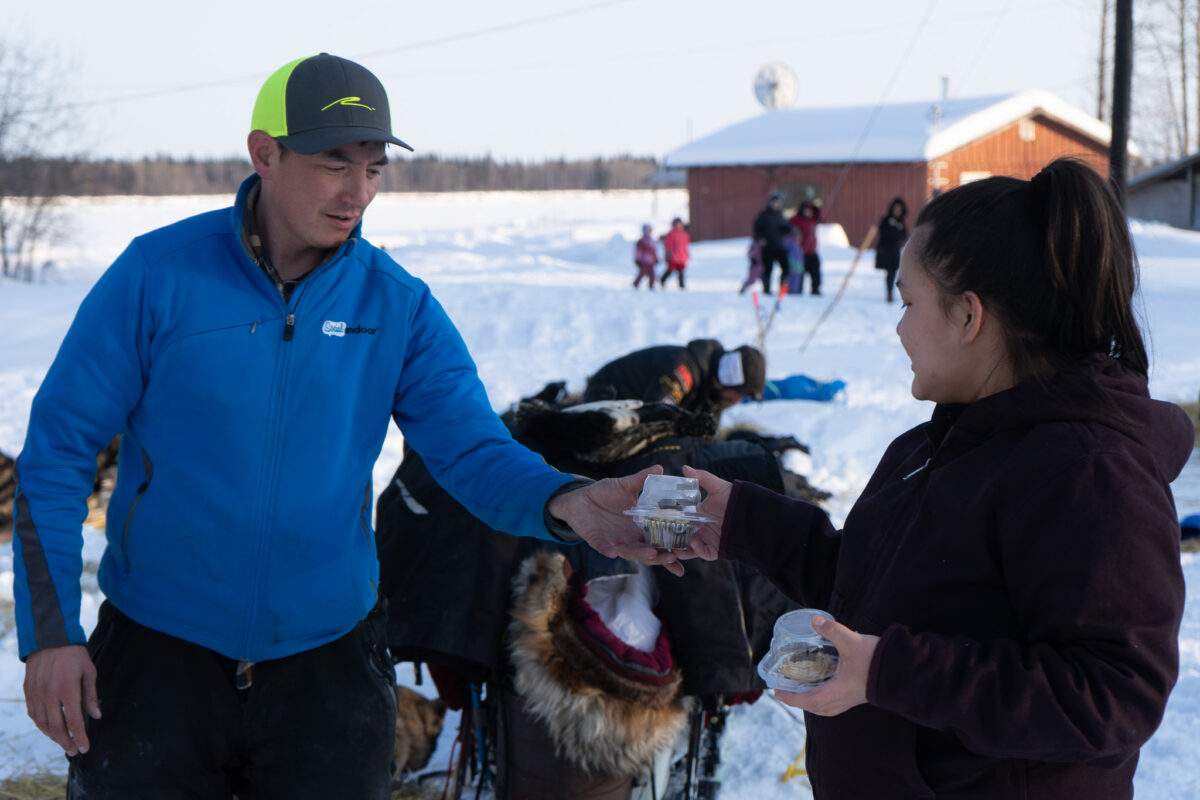
“I’m just hoping they goof each other up, push each other a little too much,” he said.
Still, he was happy with where he was at. He was running within a few minutes of Kaiser and Richie Diehl. They’re three of the four Alaska Native mushers in the field. He said Kaiser and Diehl have taught him a lot throughout the race. He said right now, he doesn’t feel like competitors, just friends.
At some point, he’ll try to make his move on them, though, to try to finish at the top in Nome, but ultimately it’ll be down to the dogs.
“I’m just putting duct tape on my mouth and try to let the dogs do their thing,” he said.
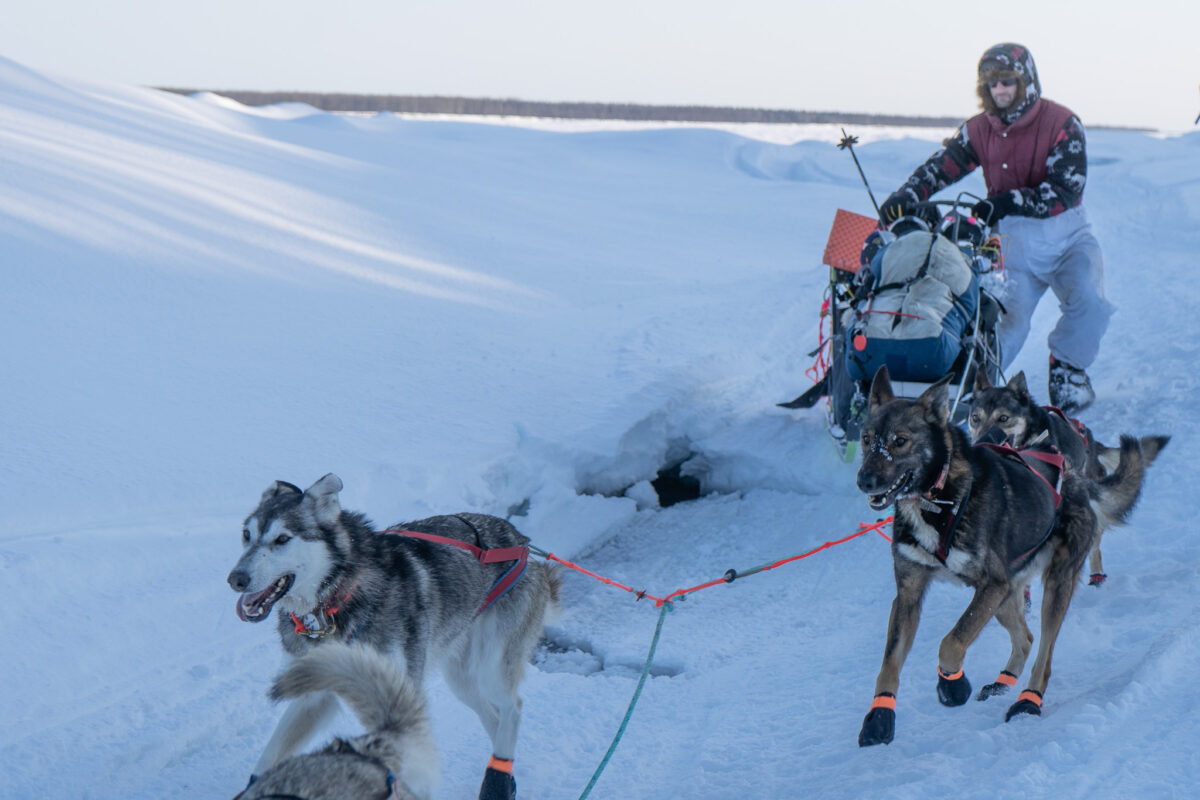
Image at top: Hunter Keefe’s team approaches Grayling along the Yukon River. (Lex Treinen/Alaska Public Media)





